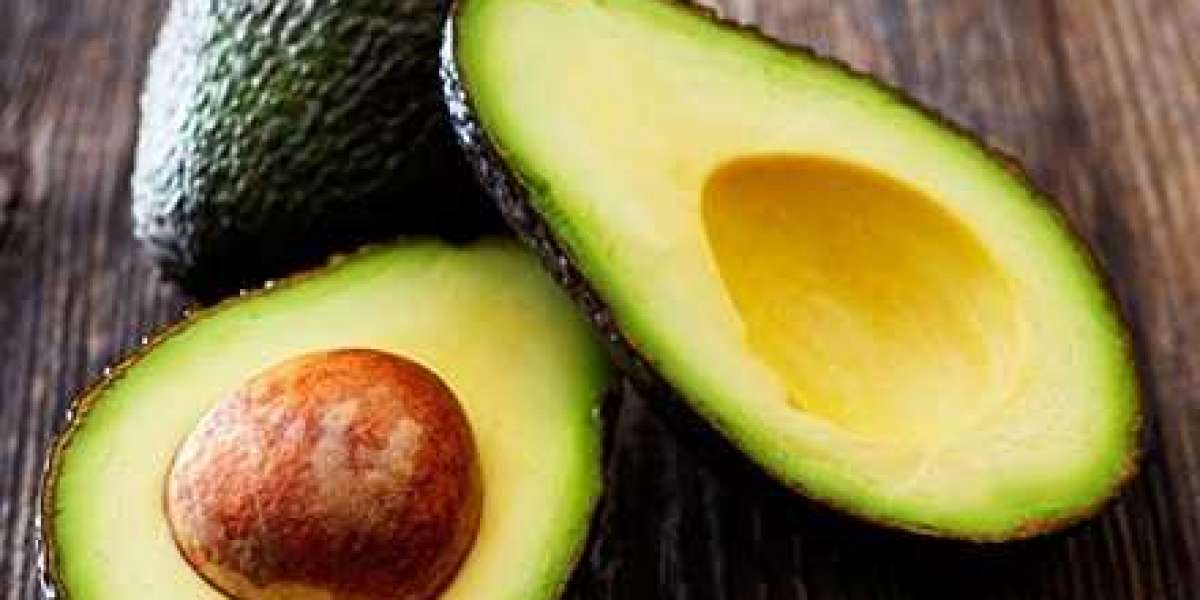Injection molding is a widely used manufacturing process for producing parts and products in large quantities. It is a versatile process that can be used with a wide range of materials, including thermoplastics, thermosetting plastics, elastomers, metals, and ceramics. However, in this answer, we will focus mainly on the materials used in injection molding of plastics, which is the most common application of this injection molding.
Thermoplastics are the most common type of plastic used in injection molding due to their ability to be repeatedly melted and solidified without changing their properties significantly. They are also relatively easy to process and can be molded into complex shapes. Some of the most commonly used thermoplastics in injection molding include:
Polyethylene (PE): Polyethylene is a lightweight, durable, and versatile thermoplastic that is used in a wide range of applications. It is commonly used in injection molding for products such as containers, bottles, and toys.
Polypropylene (PP): Polypropylene is a highly durable thermoplastic that is resistant to chemical, moisture, and fatigue. It is commonly used in injection molding for products such as automotive parts, appliances, and packaging.
Polystyrene (PS): Polystyrene is a lightweight, rigid, and transparent thermoplastic that is commonly used in injection molding for products such as disposable cups, utensils, and packaging.
Acrylonitrile Butadiene Styrene (ABS): ABS is a tough and rigid thermoplastic that is resistant to impact, heat, and chemicals. It is commonly used in injection molding for products such as automotive parts, toys, and electronic housings.
Polycarbonate (PC): Polycarbonate is a transparent, lightweight, and impact-resistant thermoplastic that is commonly used in injection molding for products such as safety goggles, electronic components, and automotive parts.
Nylon (PA): Nylon is a strong, flexible, and abrasion-resistant thermoplastic that is commonly used in injection molding for products such as gears, bearings, and mechanical parts.
Polyethylene Terephthalate (PET): PET is a strong, transparent, and lightweight thermoplastic that is commonly used in injection molding for products such as bottles, containers, and food packaging.
In addition to thermoplastics, there are also thermosetting plastics, which are materials that undergo a chemical reaction during the molding process that causes them to become rigid and cannot be remelted. Some common thermosetting plastics used in injection molding include:
Epoxy: Epoxy is a highly durable and heat-resistant thermosetting plastic that is commonly used in injection molding for products such as electronic components and aerospace parts.
Phenolic: Phenolic is a lightweight and heat-resistant thermosetting plastic that is commonly used in injection molding for products such as automotive parts and electrical components.
Polyurethane (PU): Polyurethane is a highly flexible and durable thermosetting plastic that is commonly used in injection molding for products such as foam cushions, shoe soles, and automotive parts.
Silicone: Silicone is a highly flexible and heat-resistant thermosetting plastic that is commonly used in injection molding for products such as medical devices and food containers.
Finally, there are also other materials that can be used in injection molding, such as elastomers, metals, and ceramics. Elastomers are materials that have both the properties of rubber and plastic, and they are commonly used in injection molding for products such as seals, gaskets, and medical devices. Metals and ceramics are more commonly used in injection molding for specialized applications, such as in the aerospace and medical industries.








